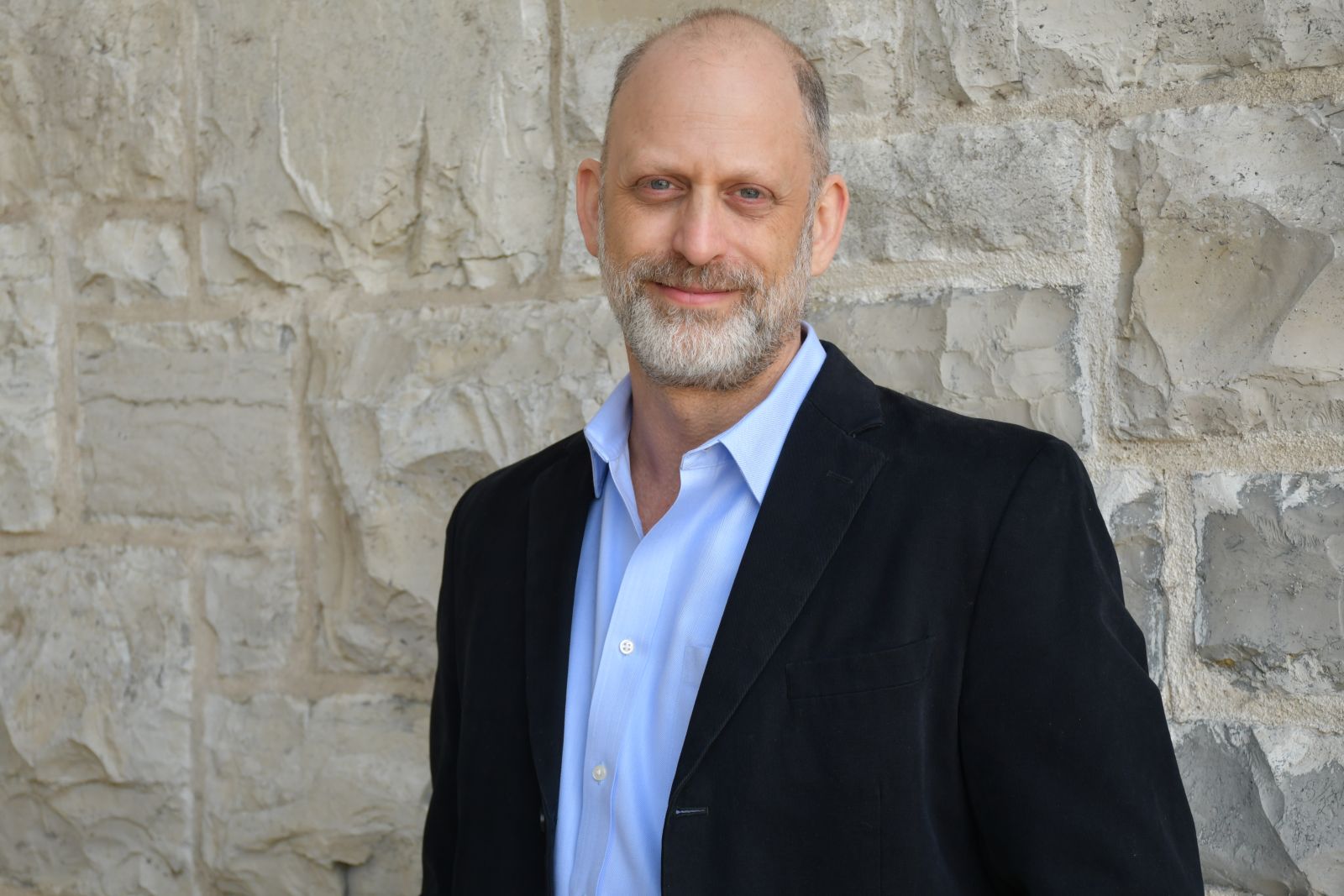
Bader gift secures world-class scientist
In 2020, Dr. Isabel Bader recognized the potential for the emerging field of analytical imaging to revolutionize art conservation and technical art history and made a generous donation to Queen’s University to establish the Bader Chair in Art Conservation.
After an intensive international search, the position was awarded to Dr. Aaron Shugar, who currently holds the Mellon Foundation Professorship in the Art Conservation Department at the State University of New York—Buffalo State University.
With a PhD in archaeometallurgy from University College London, Dr. Shugar’s work in the analysis of archaeological metals and glass has taken him around the globe, from the Middle East to Europe to Central America. He has appeared on the Discovery Channel investigating the technology of ninth-century Samurai swords, on the History Channel’s Bible Battles, and on CNN discussing forgery of Dead Sea Scrolls.
As the Bader Chair, Dr. Shugar will help the Master of Art Conservation program introduce a fifth stream of study, analytical imaging science, which will complement painting conservation, paper conservation, object conservation, and conservation science. He will give the program the ability to grow in strategically important future-oriented areas such as the application of Artificial Intelligence for the analysis of art, and he will help the University and its students access new opportunities for grants, academic programming, and international partnerships.
“The appointment of Dr. Shugar is profoundly exciting for Queen’s—and Canada. His wide-ranging experiences as a world-class conservation scientist and his commitment to teaching will put our students at the forefront of high-tech, multidisciplinary research, and give them practical training and experiences they cannot find elsewhere,” said Dr. Norman Vorano, the Head of the Department of Art History and Art Conservation.
During a recent visit to Kingston, Dr. Shugar talked about how excited he is to be starting work in the Faculty of Arts and Science and what his goals are for the new position.
“This position offers such a unique opportunity, and it is so exciting to see that Queen’s had faith in the Art Conservation department and recognized its value.” Dr. Shugar says. The Bader Chair allows Queen’s to teach at a level comparable to the top museums in the world with equivalent skillset. And that in turn positions the department to elevate its training of students to the highest possible level.”
Dr. Shugar says he recognizes the significance of the Bader name being attached to the Chair and adds he feels exceptionally honoured and privileged to be the inaugural scientist to take on this role.
“When the catalogues for Aldrich, Dr. Bader’s chemical company came out, he had pictures of Old Master’s paintings on the cover. For his name, his wife’s name, and his children’s names to be attached to a Chair position that focuses on the analysis of art is spectacular. We hear of people studying STEM (Science, Technology, Engineering and Mathematics) but it really should be STEAM (Science, Technology, Engineering, Arts and Mathematics) and the Baders exemplified that view perfectly as they recognize the value of the Arts and believe that it should be included with other key scientific fields of study.”

Dr. Shugar says the new Chair position provides students with an opportunity to work with a second scientist in the department. It will allow them to explore the world of chemistry and art and learn how they can use various scientific instrumentation to learn more about an artist’s intent, potential degradation of art, how to limit it, and how to extend the life of artworks.
Dr. Shugar is arriving during an exciting period at Queen’s as the Agnes Reimagined project is getting underway. With a vision of mobilizing the transformative power of art to create more equitable, inclusive, and sustainable worlds, Agnes Reimagined will see the creation of advanced art teaching and research labs for the art conservation program and enhanced object-based learning for the Department of Art History and Art Conservation leading to greater collaboration between the department, the gallery, and its remarkable collection of art.
“That project is part of the pleasure of coming here. We can create a conservation education centre that will be state-of-the-art. Being incorporated with the Agnes is a wonderful opportunity to work closely with curators, exploring the art entrusted to them and to create exhibits that incorporate conservation and scientific analysis.”
“I’m also hoping to link with institutions in worldwide and create a centre here for scholars to visit and share their knowledge with our students, to do research on collections in the Agnes, and to be recognized internationally for the research that we embark on. I want to place our department at the forefront of conservation science education with the most up-to-date materials, facilities, and instrumentation. I plan to draw in new national and international students and create a brand new way of teaching Art Conservation in this country.”

